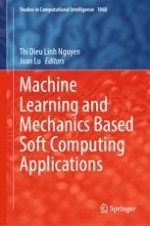2023 | OriginalPaper | Buchkapitel
Digital Twins of Robotic Systems: Increasing Capability for Industrial Applications
verfasst von : Tran Tuan Anh, Nguyen Thanh Tan, Dinh Than Le, Le Chi Hieu, Jamaluddin Mahmud, M. J. A. Latif, Nguyen Ho Quang
Erschienen in: Machine Learning and Mechanics Based Soft Computing Applications
Verlag: Springer Nature Singapore
Aktivieren Sie unsere intelligente Suche, um passende Fachinhalte oder Patente zu finden.
Wählen Sie Textabschnitte aus um mit Künstlicher Intelligenz passenden Patente zu finden. powered by
Markieren Sie Textabschnitte, um KI-gestützt weitere passende Inhalte zu finden. powered by
